Biography
(No Information)
Filmography
all 10
Movies 10
Writer 7
Original Story
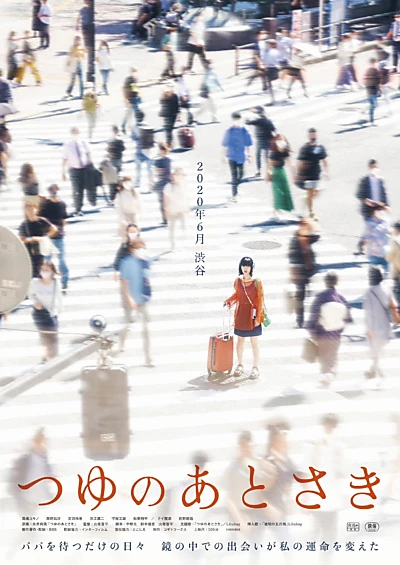
During the Rains (2024)
Movie
Original Story
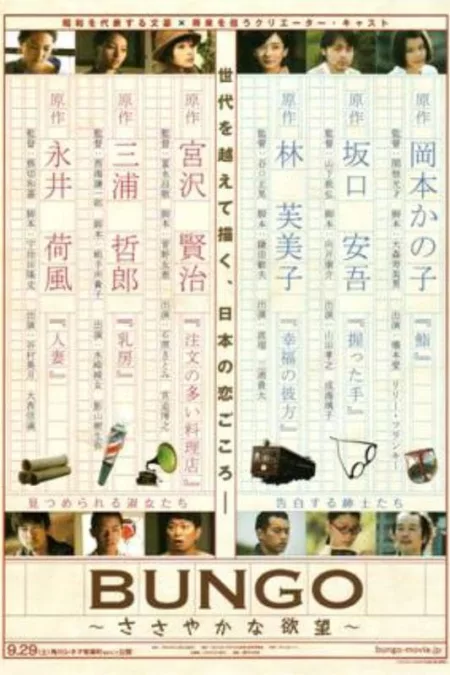
Bungo: Stories of Desire (2012)
Movie
8
Writer
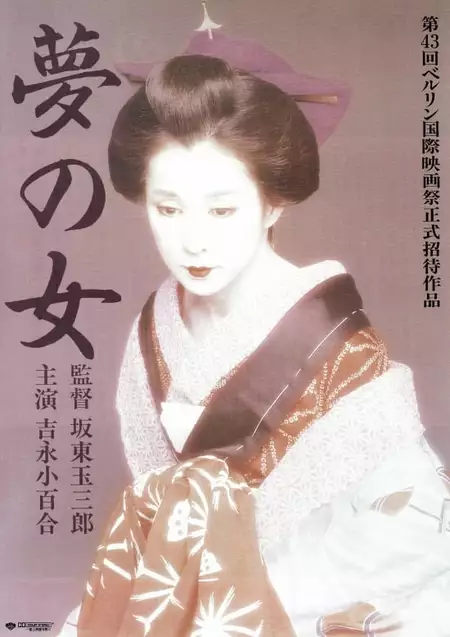
Yearning (1993)
Movie
Writer
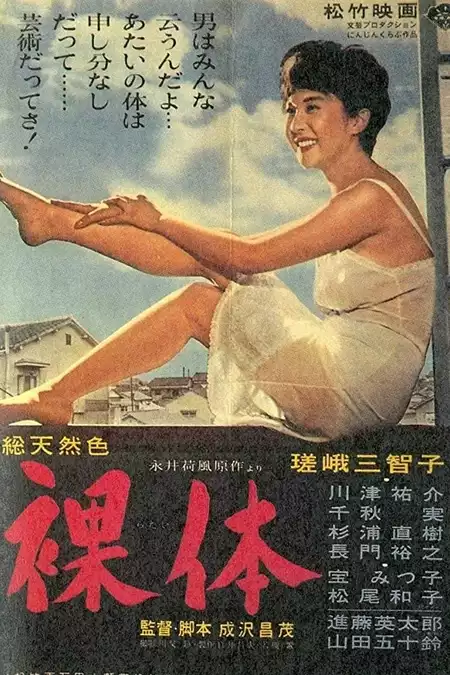
The Body (1962)
Movie
Writer
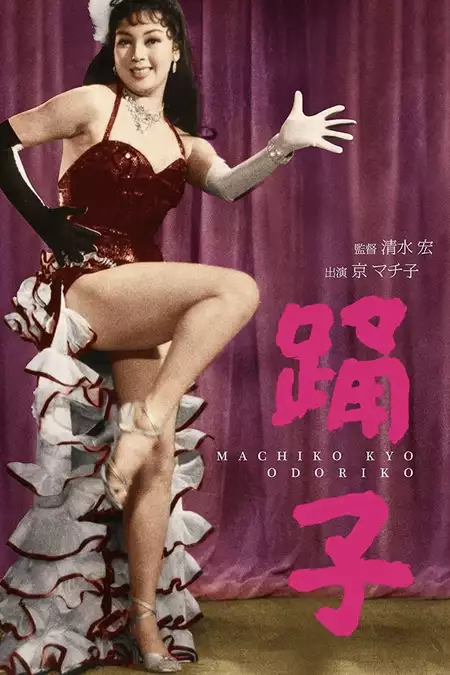
Dancing Girl (1957)
Movie
Information
Known ForWriting
GenderMale
Birthday1879-12-03
Deathday1959-04-30 (79 years old)
Birth Name永井 壮吉
Birth PlaceTokyo, Japan
CitizenshipsEmpire of Japan, Japan
Also Known AsKafû Nagai
AwardsPerson of Cultural Merit, Order of Culture
This article uses material from Wikipedia.
Last updated:
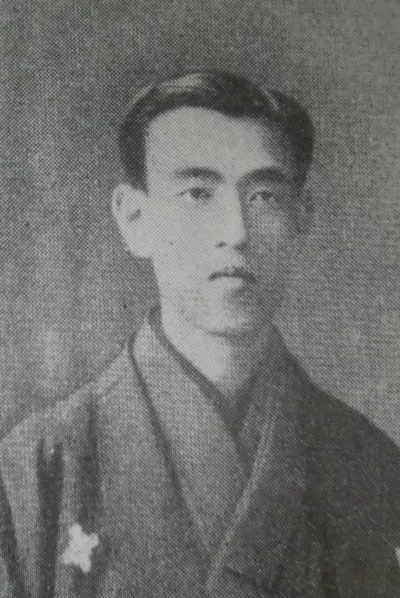 Kafu Nagai
Kafu Nagai- Filmography
- Information
- Related Persons
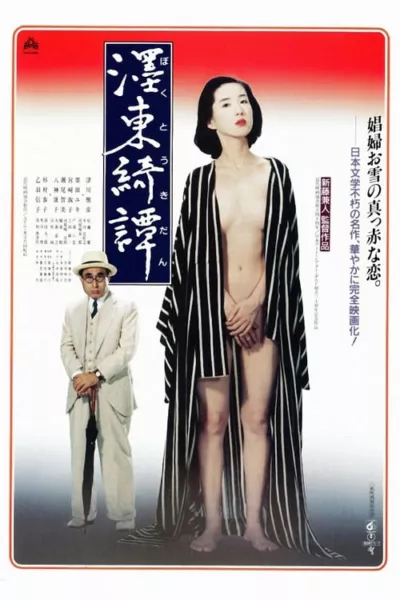
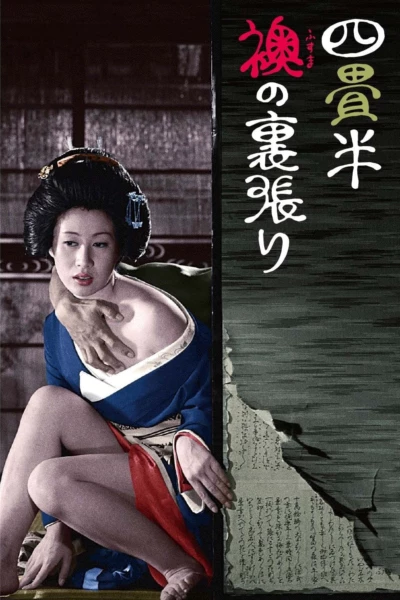
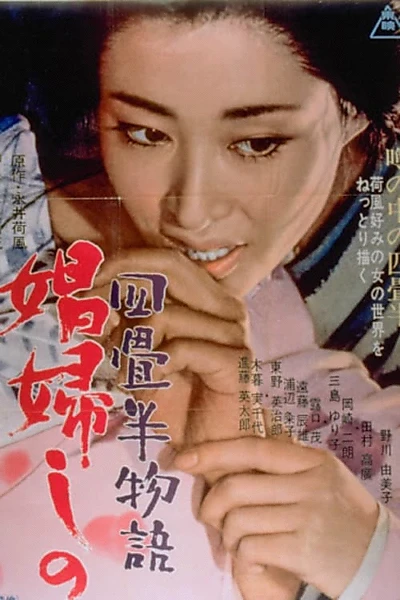
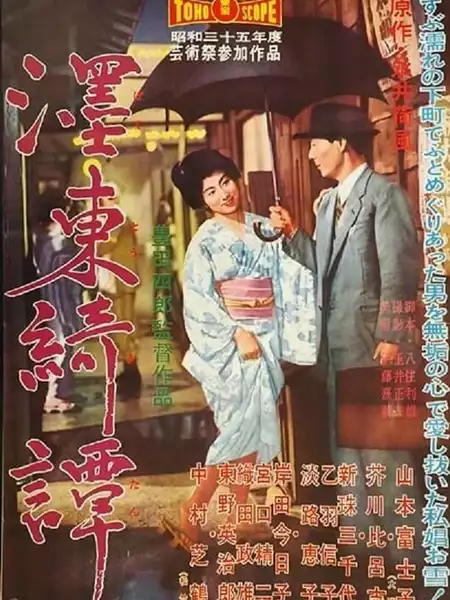

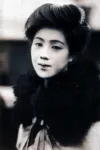
 ,
,